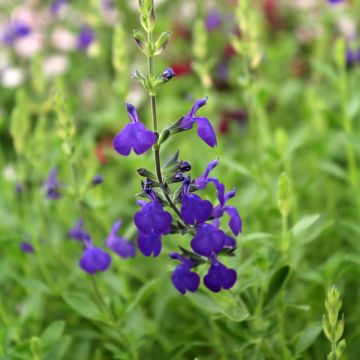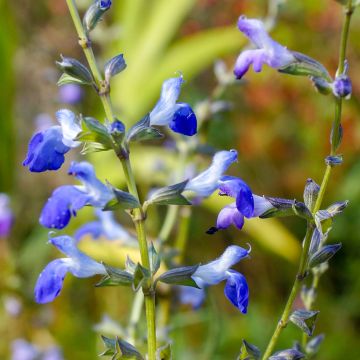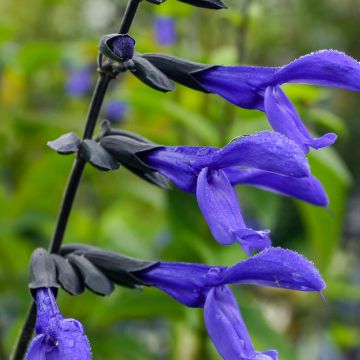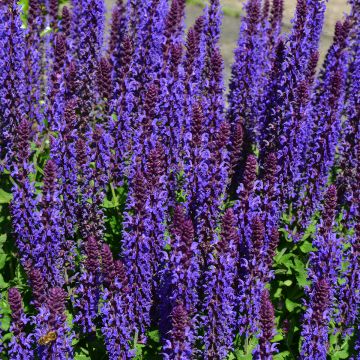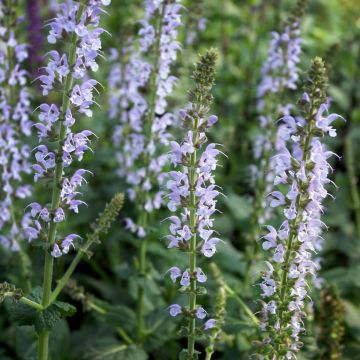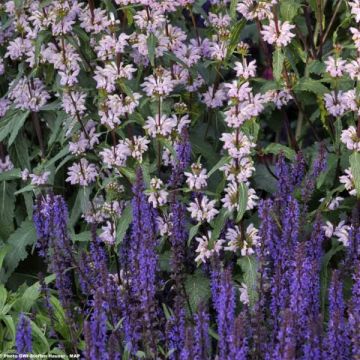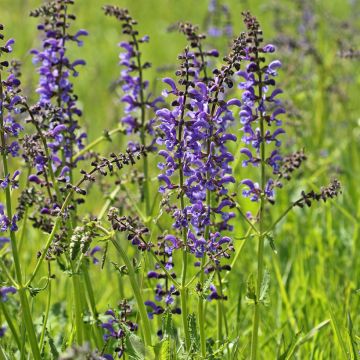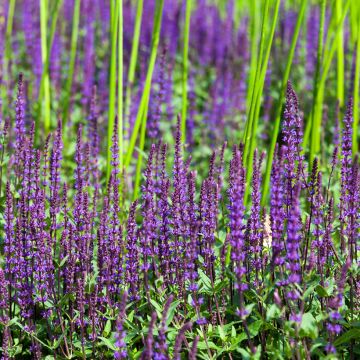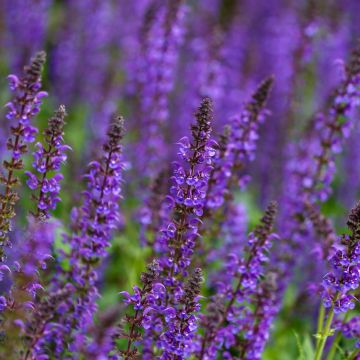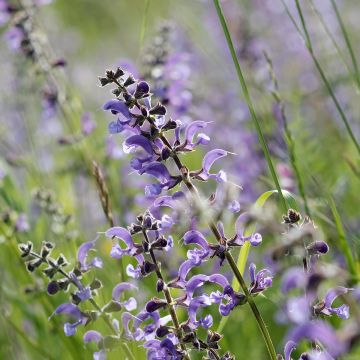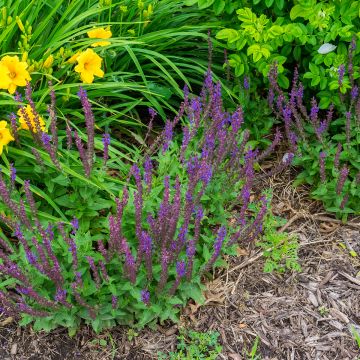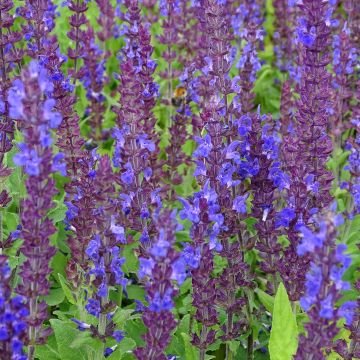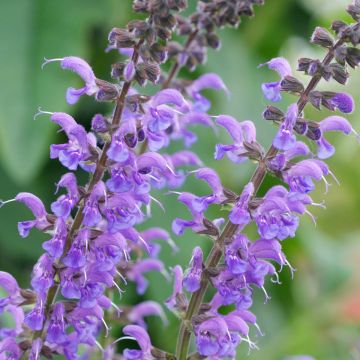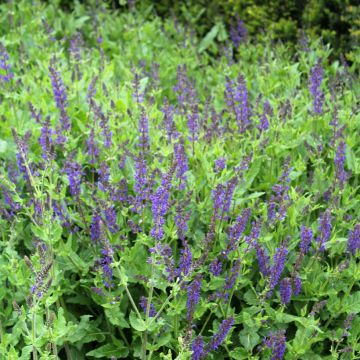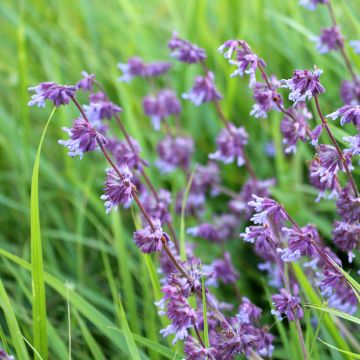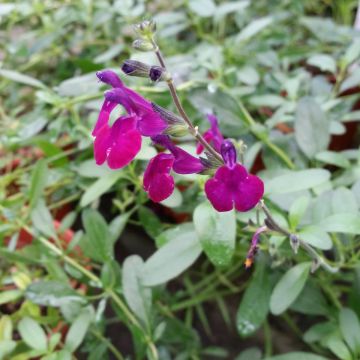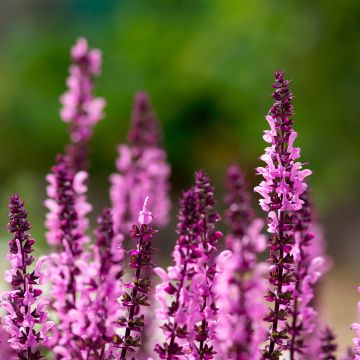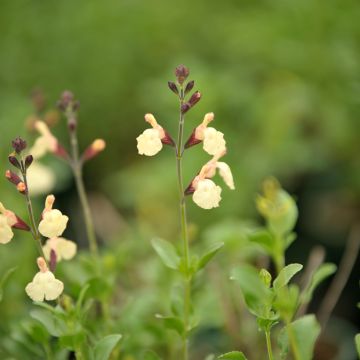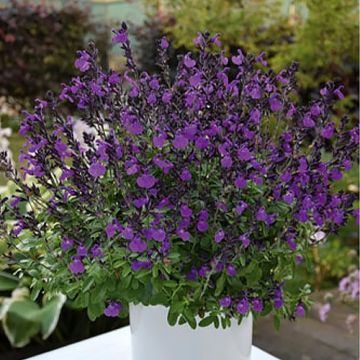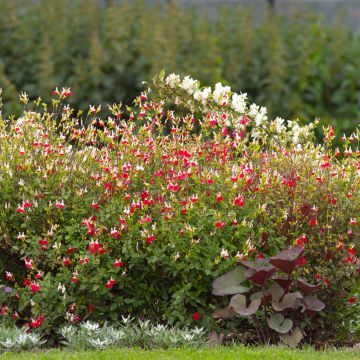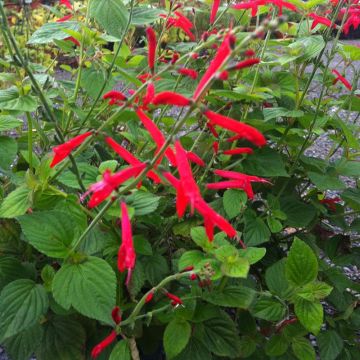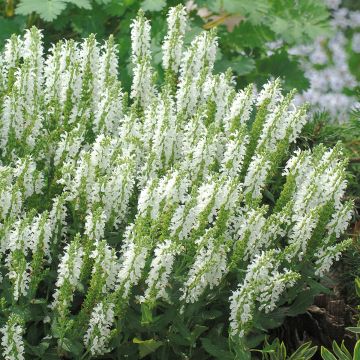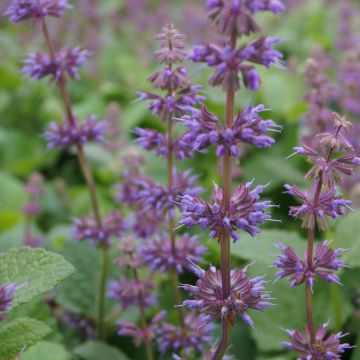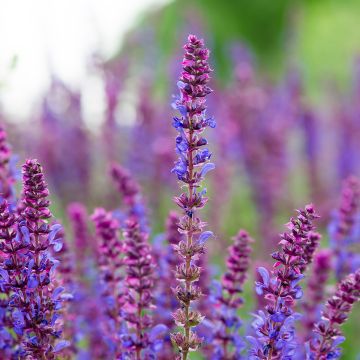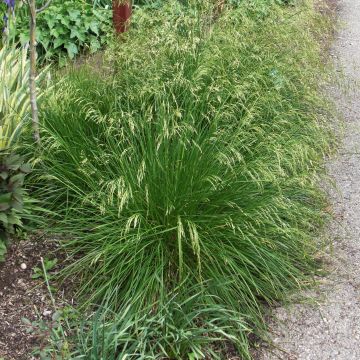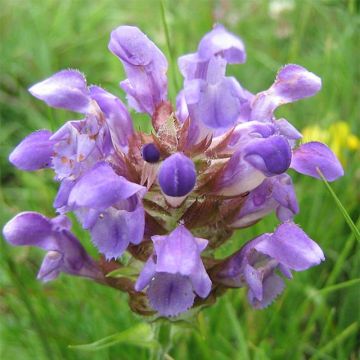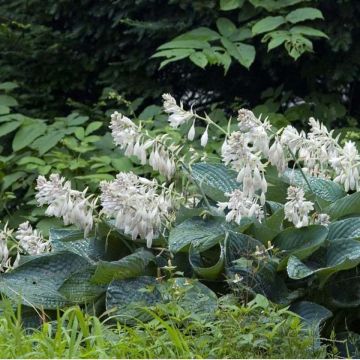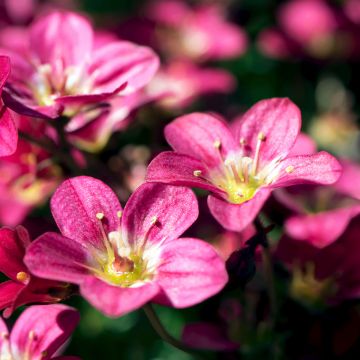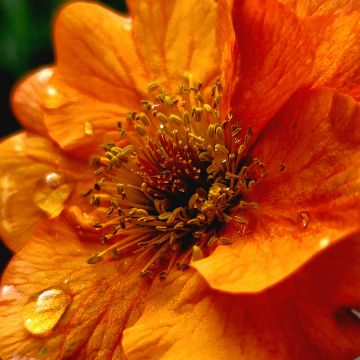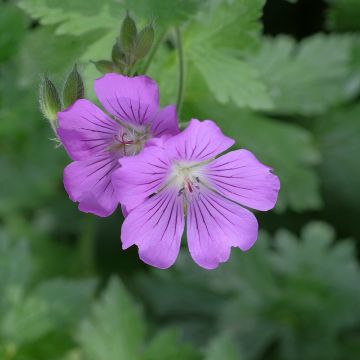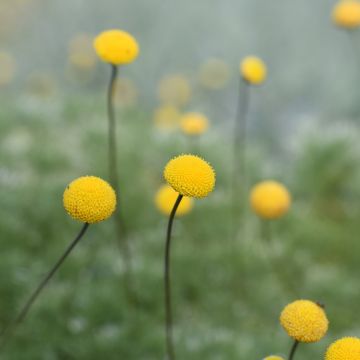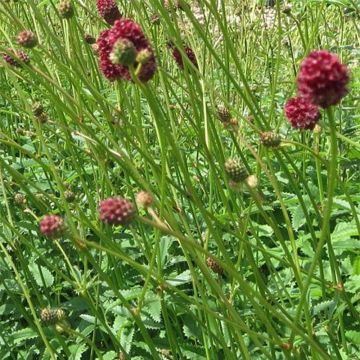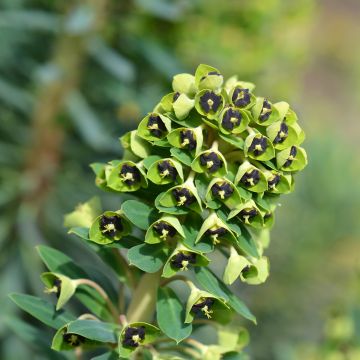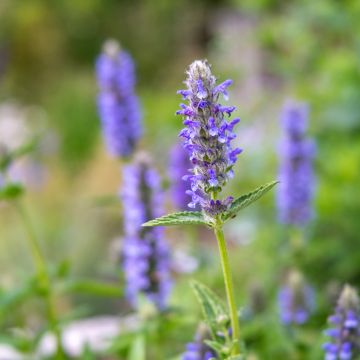Shipping country and language
Your country of residence may be:
Your country of residence is:
For a better user experience on our website, you can select:
Your shipping country:
Andorra
Austria
Belgium
Bulgaria
Canada
Chile
Croatia
Cyprus
Czechia
Denmark
Estonia
Finland
France
Germany
Greece
Hungary
Iceland
Ireland
Italy
Latvia
Lithuania
Luxembourg
Malta
Monaco
Netherlands
Poland
Portugal
Romania
Slovakia
Slovenia
Spain
Sweden
Switzerland
United Kingdom
We only deliver seed and bulb products to your country. If you add other products to your basket, they cannot be shipped.
Language:
French
German
Spanish
English
My Account
Hello
My wish lists
Plantfit
Log in / Register
Existing customer?
New customer?
Create an account to track your orders, access our customer service and, if you wish, make the most of our upcoming offers.
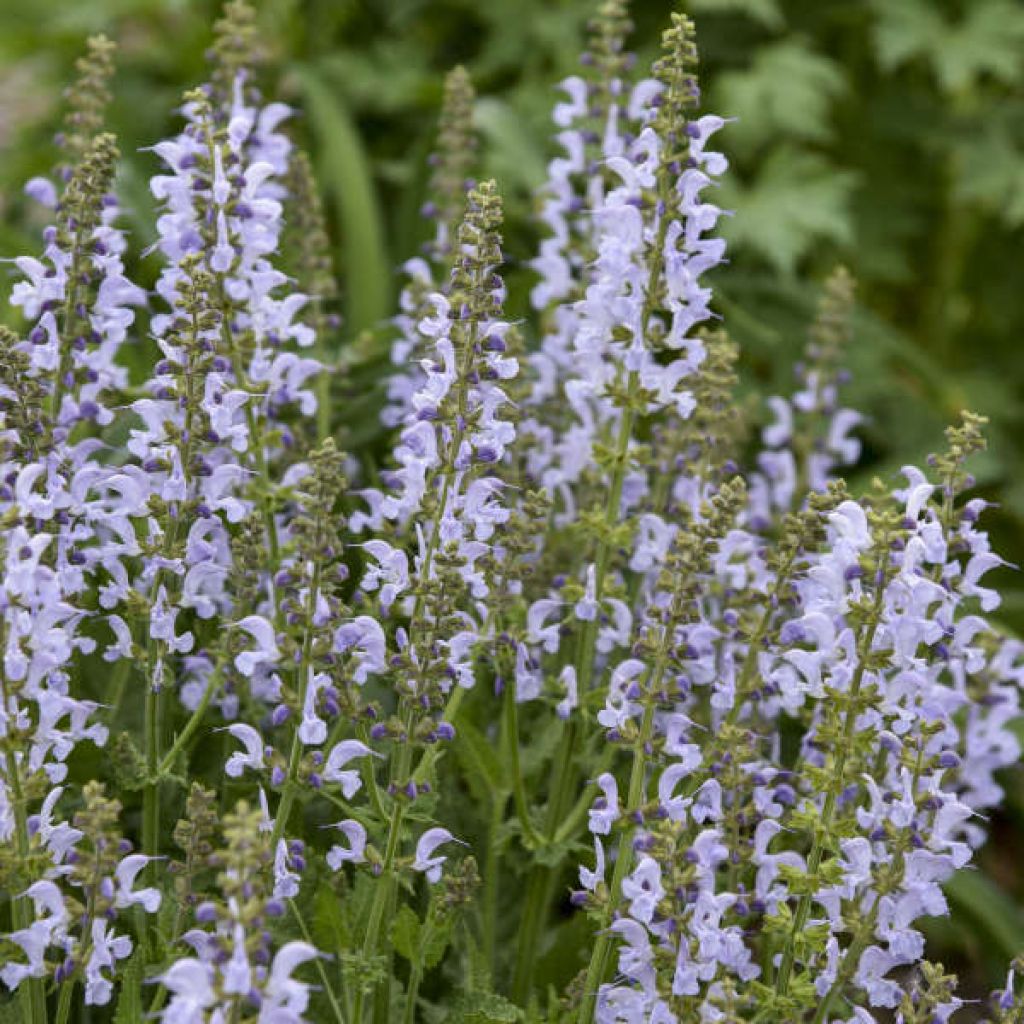

Salvia pratensis Fashionista Vanity Flair - Meadow Sage
Salvia pratensis Fashionista Vanity Flair - Meadow Sage
Salvia pratensis FASHIONISTA® Vanity Flair
Meadow Sage, Wild Sage, Meadow Clary
Thank you to the individuals (for order preparation and shipping), the young plants received appear to be healthy. Planted near a wall, I am now patiently waiting for them to take root... or not?
Thierry, 07/11/2023
Why not try an alternative variety in stock?
View all →Order in the next for dispatch today!
Dispatch by letter from €3.90.
Delivery charge from €5.90 Oversize package delivery charge from €6.90.
More information
This item is not available in your country.
Schedule delivery date,
and select date in basket
This plant carries a 12 months recovery warranty
More information
We guarantee the quality of our plants for a full growing cycle, and will replace at our expense any plant that fails to recover under normal climatic and planting conditions.
From €5.90 for pickup delivery and €6.90 for home delivery
Express home delivery from €8.90.
From €5.90 for pickup delivery and €6.90 for home delivery
Express home delivery from €8.90.
Does this plant fit my garden?
Set up your Plantfit profile →
Description
The Salvia pratensis 'Vanity Flair', with its light blue flowers, is part of a series of hybrids of the Meadow Sage, the Fashionista, selected in the U.S.A for their large, elegantly coloured flowers. It is an excellent perennial for the garden with the appearance of a charming weed and extremely floriferous in early summer. Robust and cold-resistant, it has a dense habit and numerous flowering stems emerging from a compact and densely leafy clump. It is a very easy plant to grow, ideal in borders or flower beds, in full sun or partial shade.
Widespread from Western Europe to the Caucasus, the Meadow Sage is a perennial species, very hardy, that tolerates sun and dry soils. The 'Vanity Flair' variety has the same ease of cultivation, but its flowers are larger and a beautiful light blue-mauve colour. Its leafy stems form a clump that can measure 50 cm (20in) in diameter. The plant blooms from late May to July, depending on the climate. It produces numerous multiflorous spike inflorescences, carried at a height of 50 cm, with bilabiate flowers. They are highly prized by butterflies and bees. The leaves are ovate to oblong, rough, with crenate margins, forming a beautiful foliage. They are aromatic when crushed. It is a deciduous plant in winter, with new growth emerging from the ground in spring.
The Vanity Flair Meadow Sage is vigorous enough to outcompete weeds. Just like its blue ancestor, it excels on slopes, which help to stabilise and anchor its deep roots, allowing it to draw moisture even during heatwaves. It is a very resistant plant, tolerating extended periods of drought and harsh growing conditions. It tolerates limestone well, even growing on chalky slopes, enduring harsh winters without weakening. In flower beds, associate it with clary sage, common sage, romantic roses, and Nepeta x faassenii, lychnis coronaria.
With over 900 species of annuals, perennials, and soft-wooded shrubs distributed worldwide, except in very cold regions and tropical forests, the Salvia genus is the most diverse in the family of Lamiaceae. The name Salvia, which dates back to Roman times, derives from the Latin salvus 'healthy' referring to the medicinal properties of common sage.
Flowering
Foliage
Plant habit
Botanical data
Salvia
pratensis
FASHIONISTA® Vanity Flair
Lamiaceae
Meadow Sage, Wild Sage, Meadow Clary
Cultivar or hybrid
Other Salvia - Sage
Planting and care
Install the 'Vanity Flair' sage in ordinary soil, even poor and rather chalky, but above all well-drained. This plant tolerates some drought. It does not appreciate heavy and waterlogged soils in winter that can harm its hardiness. You will plant it in a sunny or semi-shaded position. It is an easy, very floriferous plant. Provide fertilizer in spring and in April, cut back all the branches by half. After flowering, cut back the faded floral stems to stimulate and prolong flowering. To preserve the vitality of the sage, it is good to divide the plant after three years. Plant the new plants in well-worked soil: to improve slightly poor soil, mix in some horticultural compost.
Planting period
Intended location
Care
- , onOrder confirmed
Reply from on Promesse de fleurs
Summer flowering perennials
Haven't found what you were looking for?
Hardiness is the lowest winter temperature a plant can endure without suffering serious damage or even dying. However, hardiness is affected by location (a sheltered area, such as a patio), protection (winter cover) and soil type (hardiness is improved by well-drained soil).

Photo Sharing Terms & Conditions
In order to encourage gardeners to interact and share their experiences, Promesse de fleurs offers various media enabling content to be uploaded onto its Site - in particular via the ‘Photo sharing’ module.
The User agrees to refrain from:
- Posting any content that is illegal, prejudicial, insulting, racist, inciteful to hatred, revisionist, contrary to public decency, that infringes on privacy or on the privacy rights of third parties, in particular the publicity rights of persons and goods, intellectual property rights, or the right to privacy.
- Submitting content on behalf of a third party;
- Impersonate the identity of a third party and/or publish any personal information about a third party;
In general, the User undertakes to refrain from any unethical behaviour.
All Content (in particular text, comments, files, images, photos, videos, creative works, etc.), which may be subject to property or intellectual property rights, image or other private rights, shall remain the property of the User, subject to the limited rights granted by the terms of the licence granted by Promesse de fleurs as stated below. Users are at liberty to publish or not to publish such Content on the Site, notably via the ‘Photo Sharing’ facility, and accept that this Content shall be made public and freely accessible, notably on the Internet.
Users further acknowledge, undertake to have ,and guarantee that they hold all necessary rights and permissions to publish such material on the Site, in particular with regard to the legislation in force pertaining to any privacy, property, intellectual property, image, or contractual rights, or rights of any other nature. By publishing such Content on the Site, Users acknowledge accepting full liability as publishers of the Content within the meaning of the law, and grant Promesse de fleurs, free of charge, an inclusive, worldwide licence for the said Content for the entire duration of its publication, including all reproduction, representation, up/downloading, displaying, performing, transmission, and storage rights.
Users also grant permission for their name to be linked to the Content and accept that this link may not always be made available.
By engaging in posting material, Users consent to their Content becoming automatically accessible on the Internet, in particular on other sites and/or blogs and/or web pages of the Promesse de fleurs site, including in particular social pages and the Promesse de fleurs catalogue.
Users may secure the removal of entrusted content free of charge by issuing a simple request via our contact form.
The flowering period indicated on our website applies to countries and regions located in USDA zone 8 (France, the United Kingdom, Ireland, the Netherlands, etc.)
It will vary according to where you live:
- In zones 9 to 10 (Italy, Spain, Greece, etc.), flowering will occur about 2 to 4 weeks earlier.
- In zones 6 to 7 (Germany, Poland, Slovenia, and lower mountainous regions), flowering will be delayed by 2 to 3 weeks.
- In zone 5 (Central Europe, Scandinavia), blooming will be delayed by 3 to 5 weeks.
In temperate climates, pruning of spring-flowering shrubs (forsythia, spireas, etc.) should be done just after flowering.
Pruning of summer-flowering shrubs (Indian Lilac, Perovskia, etc.) can be done in winter or spring.
In cold regions as well as with frost-sensitive plants, avoid pruning too early when severe frosts may still occur.
The planting period indicated on our website applies to countries and regions located in USDA zone 8 (France, United Kingdom, Ireland, Netherlands).
It will vary according to where you live:
- In Mediterranean zones (Marseille, Madrid, Milan, etc.), autumn and winter are the best planting periods.
- In continental zones (Strasbourg, Munich, Vienna, etc.), delay planting by 2 to 3 weeks in spring and bring it forward by 2 to 4 weeks in autumn.
- In mountainous regions (the Alps, Pyrenees, Carpathians, etc.), it is best to plant in late spring (May-June) or late summer (August-September).
The harvesting period indicated on our website applies to countries and regions in USDA zone 8 (France, England, Ireland, the Netherlands).
In colder areas (Scandinavia, Poland, Austria...) fruit and vegetable harvests are likely to be delayed by 3-4 weeks.
In warmer areas (Italy, Spain, Greece, etc.), harvesting will probably take place earlier, depending on weather conditions.
The sowing periods indicated on our website apply to countries and regions within USDA Zone 8 (France, UK, Ireland, Netherlands).
In colder areas (Scandinavia, Poland, Austria...), delay any outdoor sowing by 3-4 weeks, or sow under glass.
In warmer climes (Italy, Spain, Greece, etc.), bring outdoor sowing forward by a few weeks.
